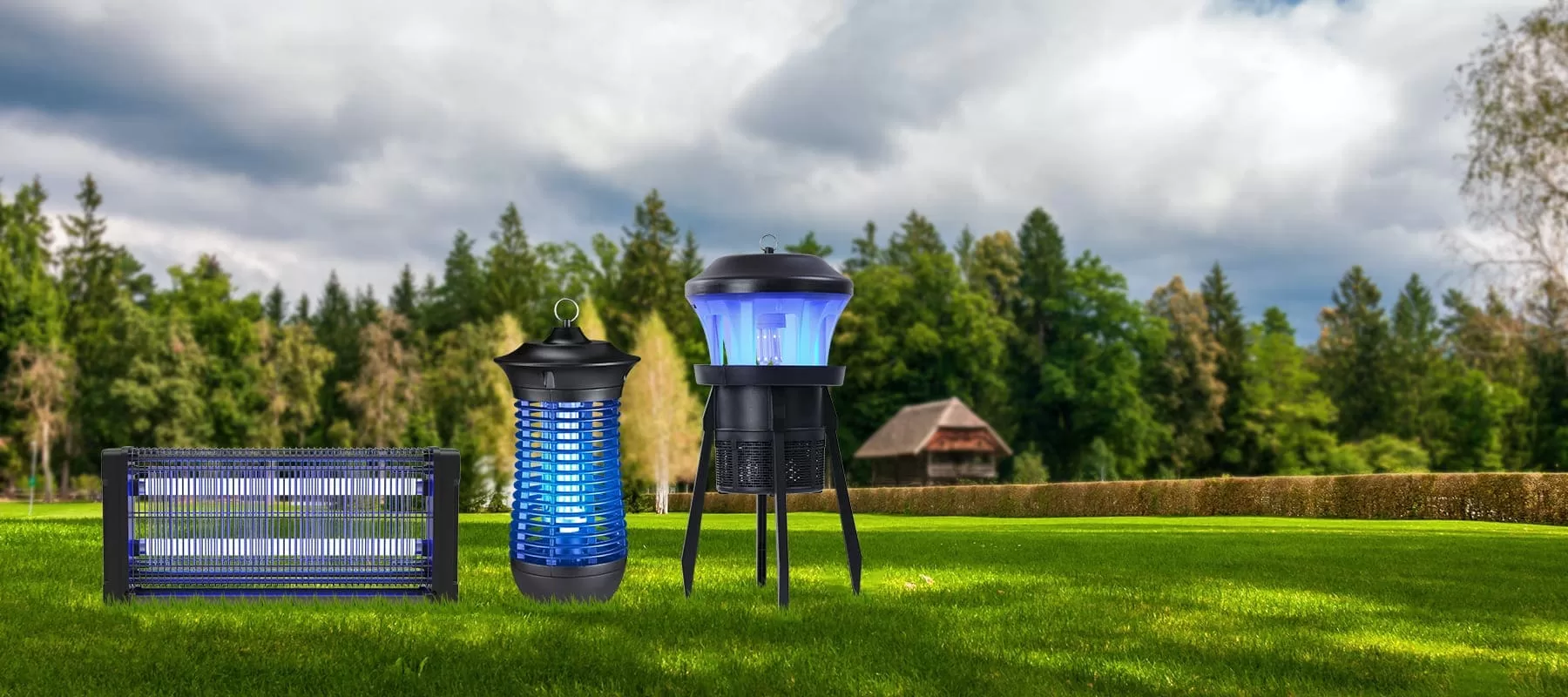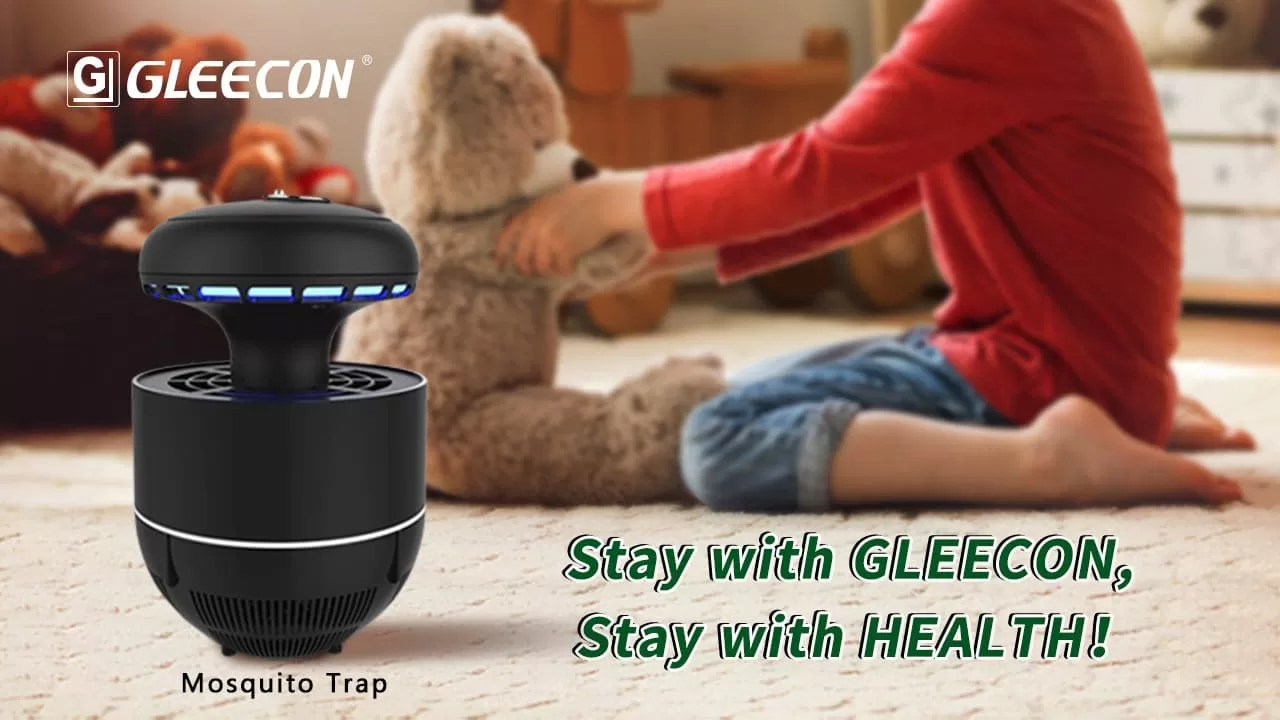Introduction:
Are pests invading your home and turning it into their personal sanctuary? Don’t worry, we’ve got you covered. Welcome to “The Ultimate Guide to Pest Control: Effective Strategies to Keep Your Home Bug-Free.”
In this comprehensive guide, we will equip you with the knowledge and strategies you need to rid your home of these unwelcome guests. From ants to mosquitoes, spiders to termites, we’ll tackle each pest one by one, providing you with practical tips and expert advice to ensure a bug-free living space.
Our brand voice is friendly and informative, giving you the confidence and guidance you need to take action. We understand the frustration that comes with dealing with pests, and we’re here to help you every step of the way.
Whether you’re a seasoned DIY enthusiast or a novice homeowner, this guide is designed to meet you where you’re at, providing practical solutions that are both effective and safe for your family and pets. Say goodbye to pests and hello to a bug-free home!
So, let’s dive in and discover the ultimate strategies for pest control in your home. Get ready to reclaim your space and enjoy peace of mind.
Table of Contents

Common household pests and the problems they cause
Pests are not only a nuisance but can also cause various problems in your home. Understanding the common household pests and the issues they can create is the first step in effective pest control.
- Ants
Ants are small insects that can invade your home in search of food and water. While they may seem harmless, they can contaminate your food and cause structural damage by nesting in walls and foundations.
- Spiders
Spiders are often feared by many due to their creepy appearance. While most spiders are harmless, some species, like the black widow and brown recluse, can deliver venomous bites that require medical attention. Additionally, spider webs can create unsightly messes in your home.
- Mosquitoes
Mosquitoes are not only annoying with their constant buzzing and itchy bites, but they can also transmit diseases such as malaria, dengue fever, and Zika virus. Eliminating their breeding grounds and protecting yourself from their bites are crucial in mosquito control.
- Termites
Termites are silent destroyers, feasting on the wooden structures of your home. If left untreated, they can cause significant damage and compromise the integrity of your property. Regular inspections and preventive measures are essential to prevent termite infestations.
The importance of pest prevention
Prevention is key when it comes to pest control. By implementing preventive measures, you can reduce the likelihood of pests invading your home and save yourself from the headaches and expenses associated with infestations.
- Seal entry points
Inspect your home for any gaps, cracks, or openings that pests can use as entry points. Seal these areas with caulk or other appropriate materials to prevent pests from entering your home.
- Keep your home clean and clutter-free
Pests are attracted to food sources, so keeping your home clean and free of crumbs and spills will make it less appealing to them. Additionally, reducing clutter eliminates hiding spots for pests, making it easier to detect and address any issues.
- Proper food storage
Store food in airtight containers to prevent pests from accessing it. This includes pantry items, pet food, and even fruits and vegetables. By denying pests access to food, you are removing their motivation to invade your home.
DIY pest control methods
If you prefer taking matters into your own hands, there are several do-it-yourself pest control methods that can effectively eliminate pests from your home. These methods are not only cost-effective but also allow you to have control over the products and techniques used.
- Natural repellents
Many pests, such as ants and mosquitoes, can be repelled using natural ingredients. For example, a mixture of vinegar and water can deter ants, while essential oils like citronella and lavender can repel mosquitoes. These natural repellents are safer alternatives to chemical-based products.
- Traps and baits
Traps and baits are effective tools for capturing and eliminating pests. For example, sticky traps can be used to catch spiders, while ant baits can lure ants into consuming poison that will be taken back to their colonies, effectively eliminating them.
- Home remedies
There are numerous home remedies that have been passed down through generations for pest control. For example, a mixture of baking soda and sugar can be used to eliminate cockroaches, and a solution of water and dish soap can be used to get rid of fruit flies. These remedies are often simple, affordable, and environmentally friendly.
Hiring professional pest control services
While DIY methods can be effective for minor infestations, severe or recurring pest problems may require the expertise of professional pest control services. These professionals have the knowledge, experience, and tools to handle even the most challenging pest situations.
- Inspection and identification
Professional pest control services begin by thoroughly inspecting your property to identify the type of pests present and the extent of the infestation. This step is crucial in developing an effective treatment plan.
- Customized treatment plans
Based on their findings, pest control professionals will create a customized treatment plan tailored to your specific needs. This may involve a combination of methods such as chemical treatments, traps, and preventive measures.
- Ongoing monitoring and maintenance
Professional pest control services often offer ongoing monitoring and maintenance to ensure that the infestation is fully eliminated and does not return. They may schedule follow-up visits to assess the effectiveness of the treatment and make any necessary adjustments.
Natural and eco-friendly pest control options
If you are concerned about the impact of chemical-based products on the environment or the health of your family and pets, there are natural and eco-friendly pest control options available.
- Beneficial insects
Introducing beneficial insects into your garden can help control pests without the use of chemicals. Ladybugs, for example, feed on aphids and other garden pests, reducing their populations naturally.
- Organic pesticides
Organic pesticides derived from natural sources, such as neem oil and pyrethrin, can be used to control pests while minimizing the impact on the environment. These products break down more quickly and are less harmful to beneficial insects and other non-target organisms.
- Physical barriers
Physical barriers, such as netting or row covers, can be used to protect plants from pests. These barriers prevent pests from accessing your plants while still allowing sunlight, water, and air to reach them.
Integrated Pest Management (IPM) approach
Integrated Pest Management (IPM) is an approach that combines multiple pest control methods to achieve long-term and sustainable pest management. It focuses on prevention, monitoring, and intervention, with the goal of minimizing the use of pesticides.
- Pest identification and monitoring
IPM starts with identifying the pests present and monitoring their populations. This allows for early detection and targeted intervention when necessary.
- Prevention and cultural practices
Prevention is a key component of IPM. By implementing cultural practices such as proper sanitation, regular maintenance, and crop rotation, you can create an environment that is less conducive to pests.
- Biological control
Biological control involves the use of natural enemies, such as predators, parasites, and pathogens, to control pest populations. This can be achieved by introducing beneficial insects or using microbial agents that target specific pests.

Tips for maintaining a pest-free home
Maintaining a pest-free home requires ongoing effort and vigilance. By following these tips, you can minimize the risk of pests invading your living space.
- Regular cleaning
Regularly clean your home, paying special attention to areas where pests are likely to hide, such as kitchen counters, sinks, and garbage cans. Vacuum carpets and upholstery regularly to remove any potential hiding spots for pests.
- Proper waste management
Dispose of garbage properly and keep trash cans sealed tightly. Clean your outdoor trash cans regularly to eliminate any food residue that may attract pests.
- Regular inspections
Perform regular inspections of your home, both indoors and outdoors, to identify any signs of pest activity. Look for droppings, gnaw marks, and damage to wood or other materials.
Dealing with specific pests (ants, rodents, bed bugs, etc.)
While the general strategies mentioned above can help in pest control, specific pests may require additional measures to effectively eliminate them from your home.
- Ants
To combat ants, locate and eliminate their entry points, such as cracks in walls or gaps in doors and windows. Use ant baits or natural repellents to discourage them from entering your home.
- Rodents
To address rodent infestations, seal any possible entry points and eliminate sources of food and water. Traps and bait stations can be used to capture or eliminate rodents, but it’s advisable to seek professional help for severe infestations.
- Bed bugs
Bed bugs are notoriously difficult to eliminate. Wash infested bedding and clothing in hot water, vacuum thoroughly, and use steam or targeted treatments to kill bed bugs and their eggs. Professional pest control may be necessary for severe infestations.
Conclusion and final thoughts
Keeping your home free from pests is essential for both your comfort and the well-being of your family. By understanding the common household pests, implementing preventive measures, and utilizing effective pest control strategies, you can create a bug-free living space.
Remember, pest control is an ongoing process, and regular maintenance is key to preventing infestations. Whether you choose to address the issue yourself or hire professional pest control services, taking action promptly will help ensure a pest-free home.
Say goodbye to unwanted guests and reclaim your space. With the knowledge and strategies provided in this guide, you now have the power to keep your home bug-free. Enjoy the peace of mind that comes with a pest-free living environment.
So, what are you waiting for? It’s time to take control and create a home that is truly yours, free from the interference of pests. Reclaim your space, reclaim your peace of mind, and enjoy a bug-free life.








